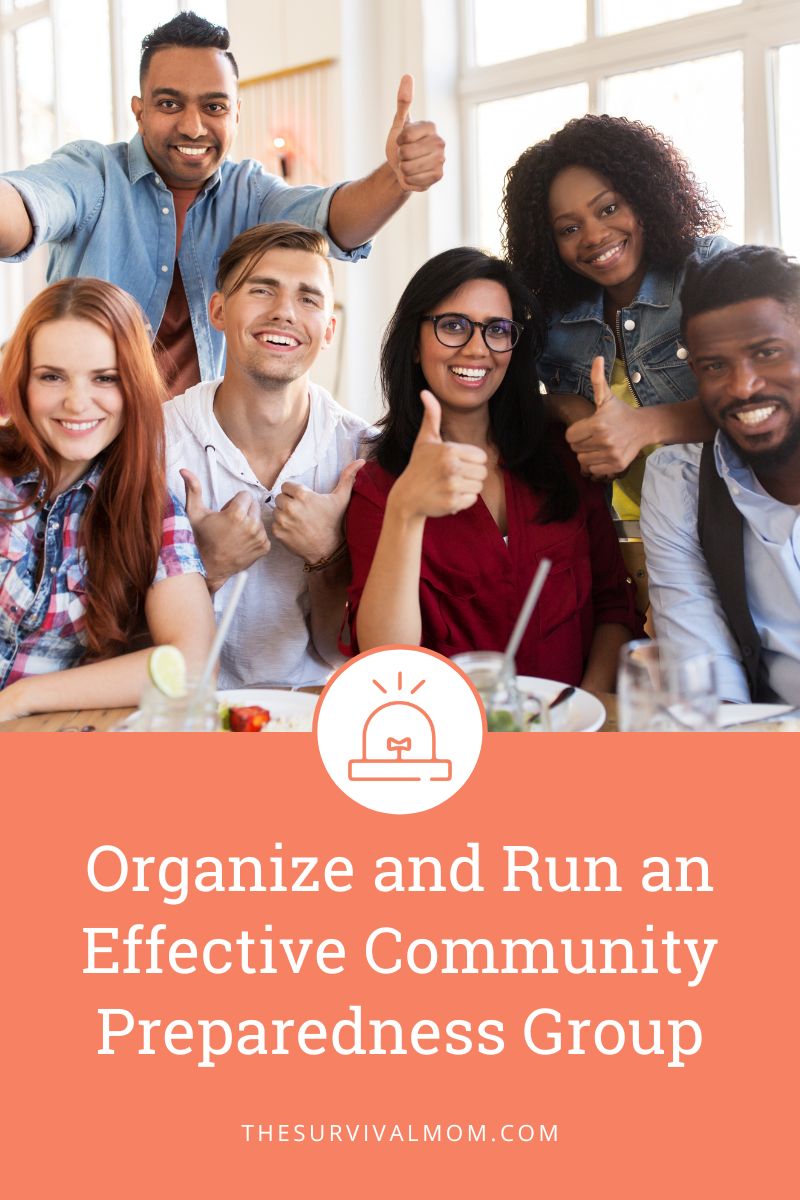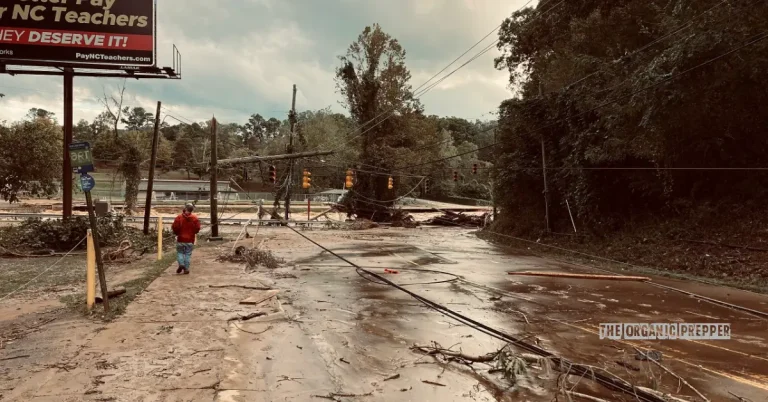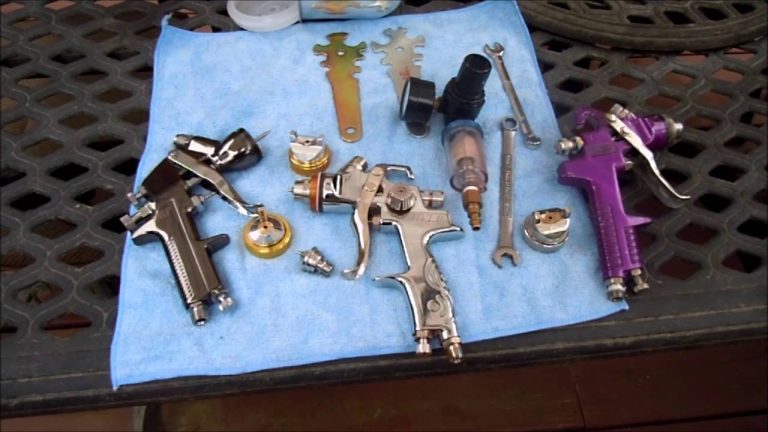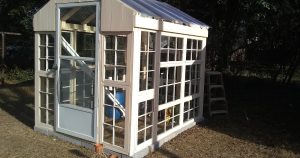Some of the links in this post may contain affiliate links for your convenience. As an Amazon associate I earn from qualifying purchases.
When you organize a preparedness group, you improve the safety and well-being of your neighborhood or local area during emergencies. Whether you are forming a small neighborhood group, a disaster preparedness club, or a prepper group, you both increase your community’s resilience and strengthen bonds among neighbors.
In this guide, we will walk you through nine essential steps to successfully organize and launch a community preparedness group.
A preparedness group can serve several functions including:
- informing the community about safety and preparedness issues,
- caring for special needs neighbors during a crisis, and
- maintaining community contact information in case of emergency.
9 Steps to Organize a Preparedness Group
- When you’re just starting to put a plan together, first define in what geographical area you want to organize your group. It could be a housing development, an apartment complex, a city or county boundary, or a one block area. This will help you know who to include, what resources are already in existence, and what specific preparedness plans you should make.
- When you have defined your boundaries, check to see if there has been a neighborhood group before. You do not want to duplicate what is already happening or cause confusion with any other groups. This inquiry will give you information about those in your city who can help you as you help others prepare. Make telephone calls to the local Red Cross office, the County office of Emergency Services, local fire department and Humane Society, along with the closest chapter of RACES (Radio Amateur Civil Emergency Services). These organizations can give you information about the communities’ emergency operation plan. They may be happy to attend your meeting and share some of their advice and materials.
- Select a location and time for your first meeting. Choose a place and time convenient for most people to attend. If you are holding a meeting for the neighborhood, find a neighbor who is willing to act as host with the group meeting in their home. If it is a community type meeting, find a public place, like a community center, restaurant or conference room in a library. Make the first meeting casual to help make others feel at ease and talk openly. Offer snacks and a drink. It makes it less of a business meeting and more of a group of friends just getting together to socialize.
- For smaller groups, hand deliver the invitation. This gives you a chance to introduce yourself, explain the purpose of the group, and answer questions. Also, a friendly “normal” face goes a long way to ensuring newcomers that the group is not militaristic or too doomsday prepper-ish for their comfort level. If it is a larger group, send out fliers, use social media, local newspaper and magazine advertisement. Many have valid reasons for being leery of the phrase “prepper groups.” Unless that is what you are really trying to create, use phrases like self-sufficiency, self-reliance, or family preparedness. It is less intimidating to beginners.
- Have people sign in beforehand and let people socialize a bit. Then, to begin, introduce yourself and share a story about your interest in disaster preparedness. If you do not feel like your story is compelling enough, invite someone in advance who can share their experience. You want others to feel a desire to prepare but not fear it. People remember stories. If available, have the local fire department or someone from the office of emergency management come and speak.
- Have information packets available to all who attend. Whether they come back to another meeting or not, you have given them valuable information they can use. They may run into the packet months later and decide to get involved. Taking steps to become prepared is a personal decision and you can encourage but not force others to participate. Keep the person updated with any new information that they may find helpful.
- With your group, discuss their concerns and establish preparedness goals. Involve any in the group that have helpful skills. Most people love to teach others a skill they are good at. Not only have you created a group of volunteers, you have found a way to create a closer group.
- Do not forget those with special needs. The disabled, elderly, single parents, ect… Remember that everyone has different needs and may not be able to prepare at the same pace as others. There’s an entire series of articles, “Special Needs Preppers”, on this blog, which will give you dozens of ideas for meeting those needs.
- With those attending, decide what the next steps are and when the next meeting should be. Find others who are willing to help you with the next meeting, be a liaison with community services and reach out to those who were not able to attend.

Helpful Hints for Effective Meetings
- Maybe half of the people you invite will show up. Do not get discouraged. Just walk into this endeavor with realistic expectations. You can invite more people, see who shows up, adjust your expectations or expand your target area. The attendance may fluctuate in the beginning. Hang in there. After some time, you will know the approximate number of your attendees.
- Keep sign in sheets and notes from all of your meetings. They will help you know what to tweak to make future meetings even better. You can track attendance and topics discussed.
- Once you have found a day, time, and place that works for your meetings, keep it. Be flexible in other things, but not the meeting schedule.
- Keep the meetings on track. One crazy story or odd comment can derail the meeting. Learn how to get the topic back in a polite manner. One technique is to say at the beginning, “We want to keep our meeting efficient and get out on time because we have kids and families. Let’s keep our comments and questions focused on tonight’s topic.”
- Share what you envision this group to accomplish, yet keep the details open. You will want the ideas of your group. People want to feel like their opinion is heard and validated. They will keep coming to meetings if they feel useful and that their contributions are valued.
- Everyone is part of the group. If a neighbor invites a person outside of your designated area, it is okay. Be thankful that someone is interested and willing to contribute or learn.
- Do not have the meetings go over 90 minutes. People may lose interest or feel that they don’t have the time to attend meetings if they are too long.
- Be sure to thank those who may have helped you. The home owner who hosted the meeting, any volunteers with food, hand outs and those who spoke.
- Send a letter and contact those who were so willing to volunteer to help as liaisons or in any other capacity. Everyone likes to feel appreciated and needed.
- Reward your hard work! Throw an annual party for your group or a small celebration or BBQ together when group goals are accomplished.
Help! I was asked to do a presentation!
If someone asks you to organize a preparedness group or do a preparedness presentation, much of the above advice still applies. However, they may also have something specific in mind. Therefore, you’ll want to ask some clarifying questions:
- What is the primary goal? Whether it is a church, club or business you will be helping, find out what the main goal is. Is this a one-time presentation, a monthly, or yearly meeting? Is there a certain topic to teach or discuss? Are follow up meetings needed?
- Who is the audience? It is important to know about those you will be speaking/training. For example, seniors have different preparedness needs than college students. Therefore, the disabled may require different solutions for their questions than a soccer mom.
- What are the demographics of the targeted area? Know the area you will be helping in. Big cities, rural areas and suburbs have different community services, transportation, communication methods and resources. Adjust your information according to the area where you are going to be at.
- Do they want specific resource material used? Ask if there is specific material that you should be using as resource or should be handed out to your group. You may be required to gather your own information. Use reliable resources. You may be able to ask other local experts to contribute.
- I recommend the following reliable resources: book about water storage and purification, this one about planning and carrying out emergency evacuations, and this 52 week prepper blueprint book that covers topics for an entire year. Also, Survival Mom’s family survival book is an all-purpose book that also covers both basic and advanced preparedness.
A prepared neighborhood or other community group is a help even to the completely unprepared folks. Those who have had the foresight to get ready in a variety of ways for disasters and other crises can help those who haven’t, and emergency response workers can focus their attention on those who most desperately need it — and that person is probably not going to be you!
What advice would you offer to organize a preparedness group and effectively run it? Share in the comments!
Originally published November 16, 2016.
Erin Foster is mom to 5 kids. West Georgia is home where you can find her reading, camping, enjoying a play and on any adventure she can do with her family. Along with a B.A. degree in Emergency and Disaster Management, she has an EKG technician and nursing assistant certificate.

















